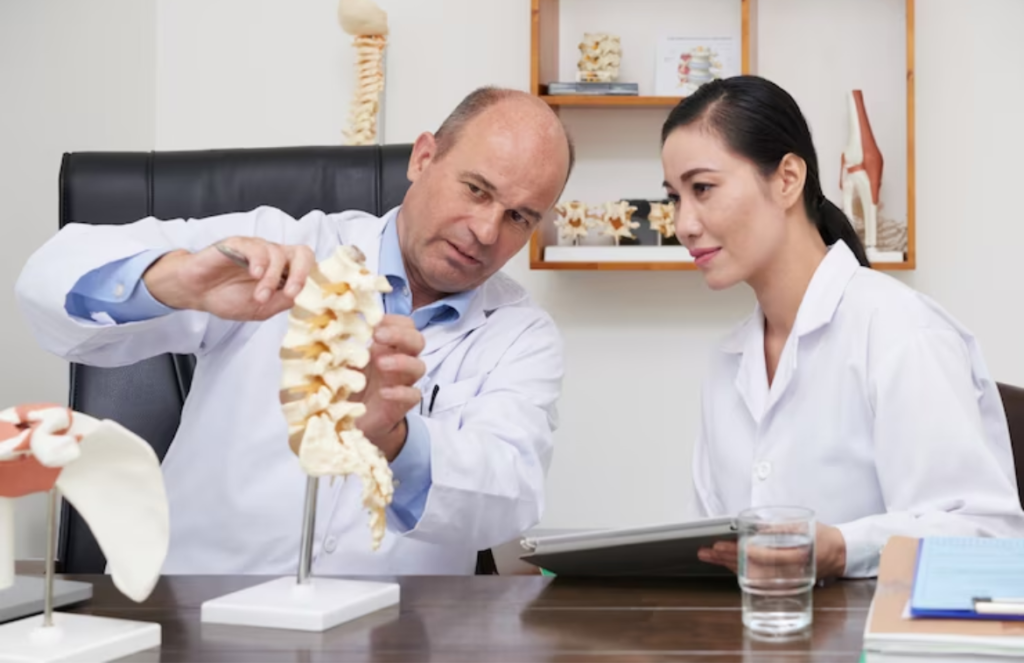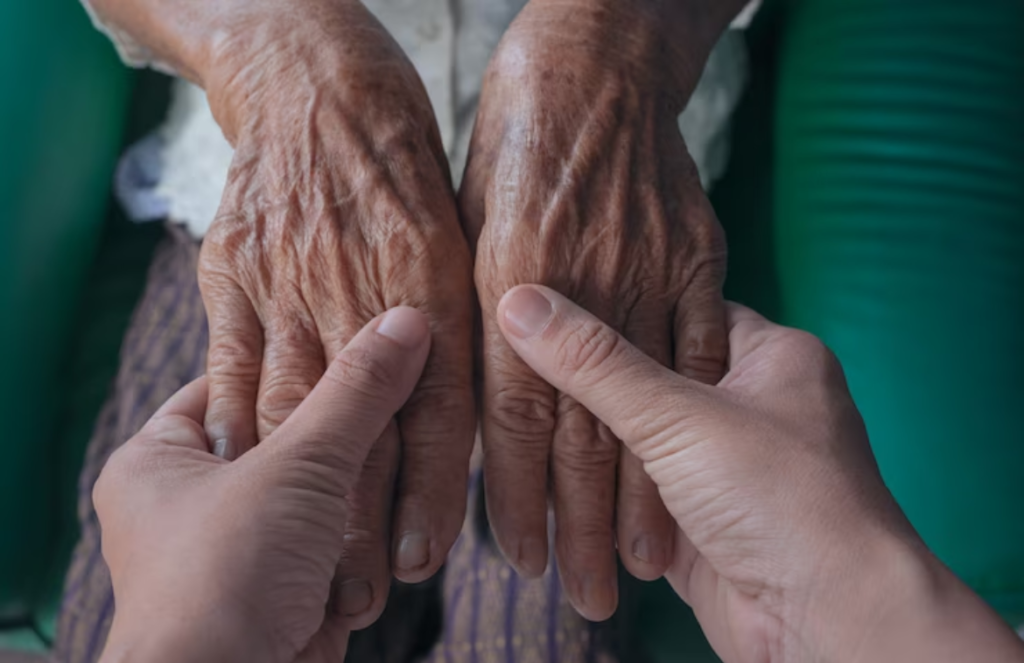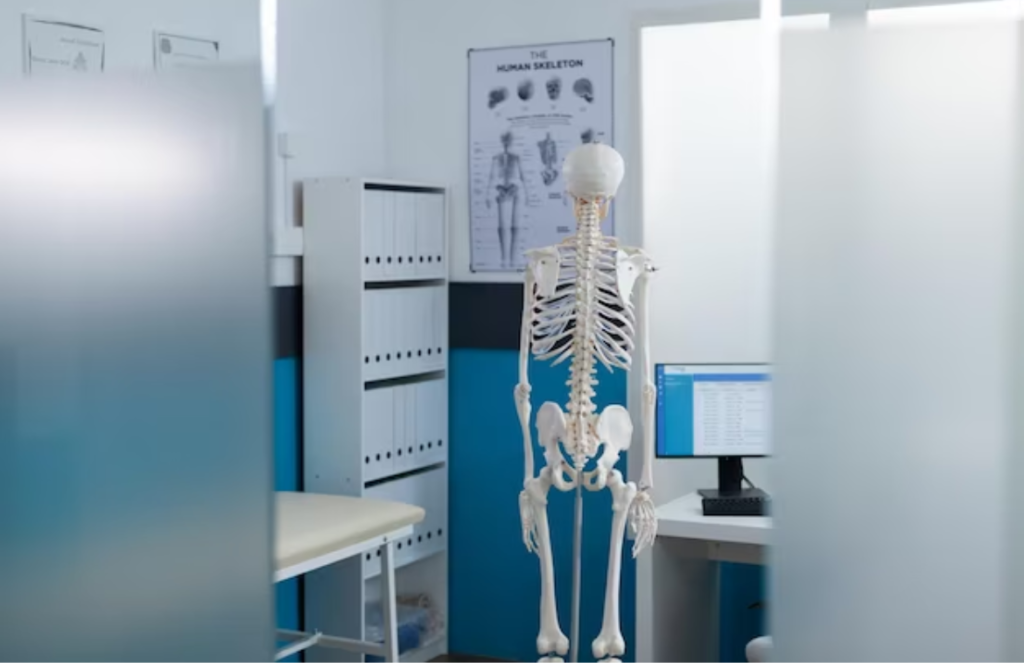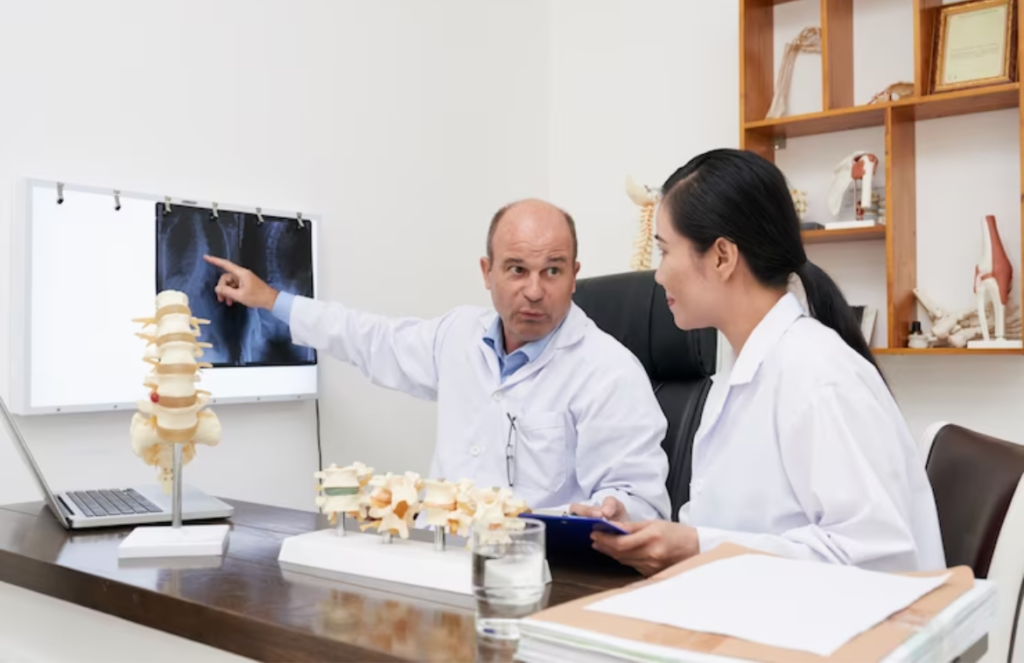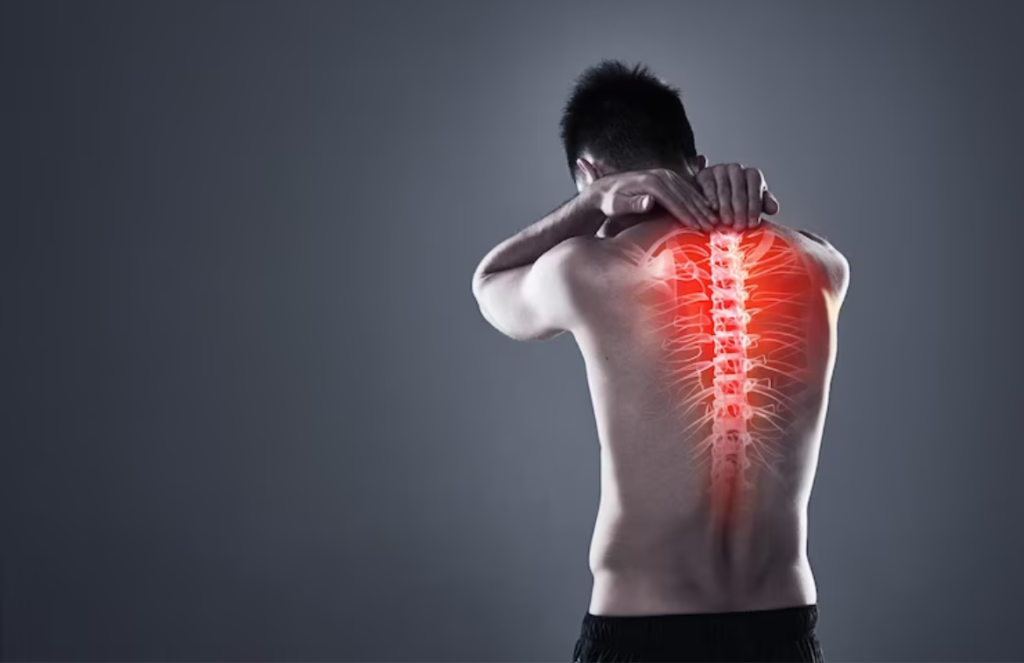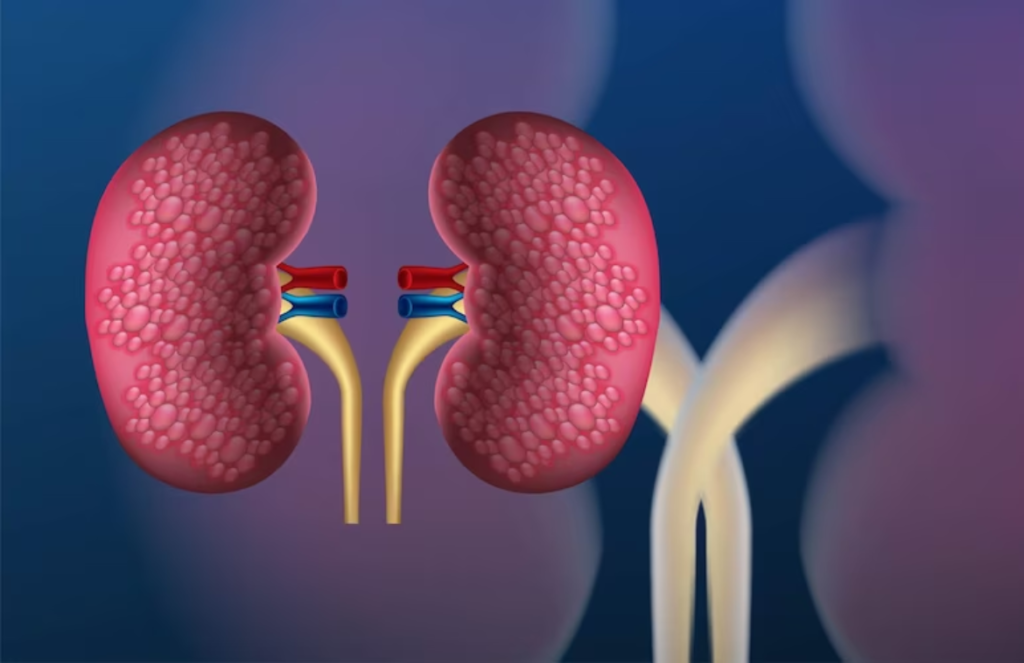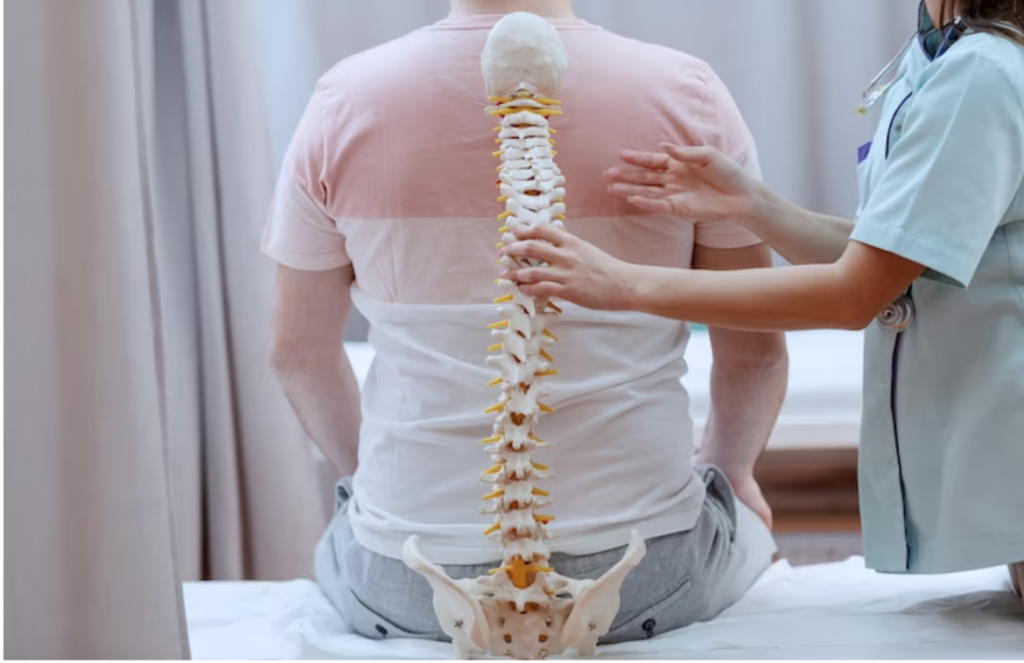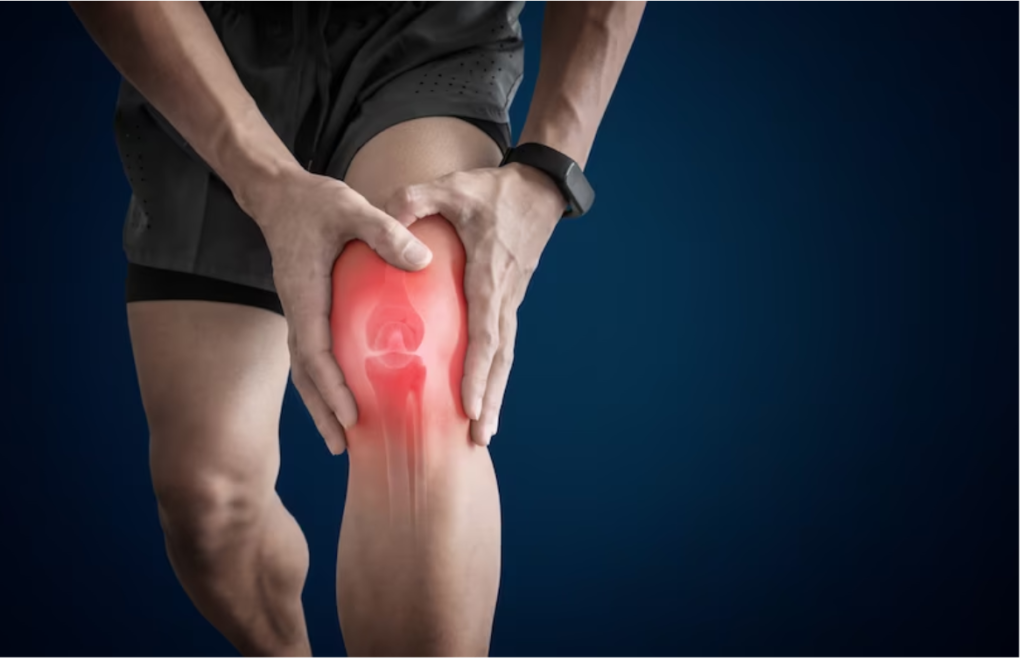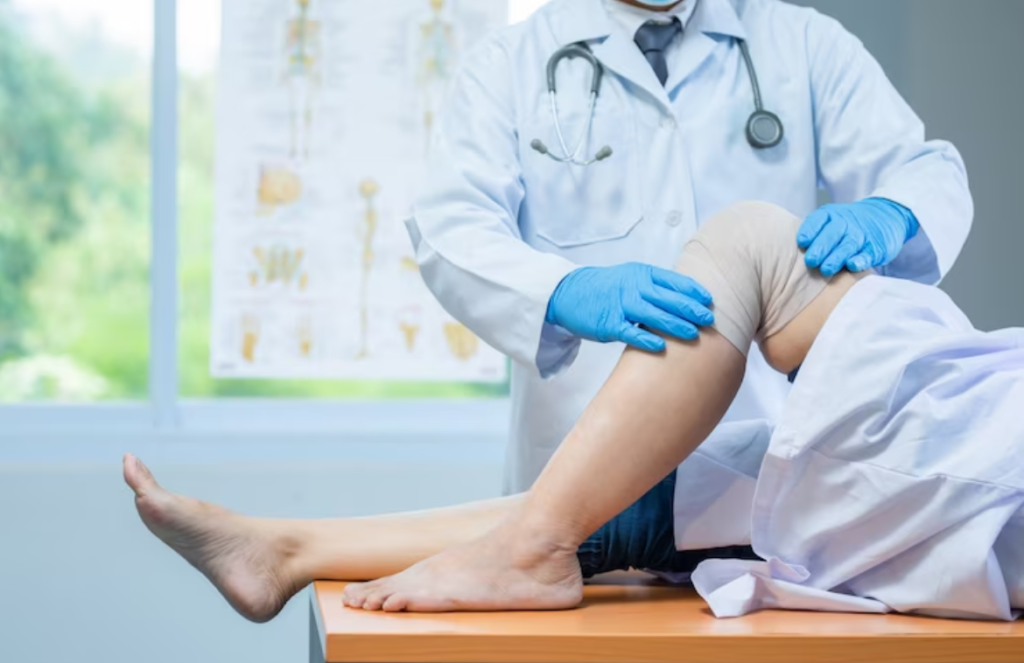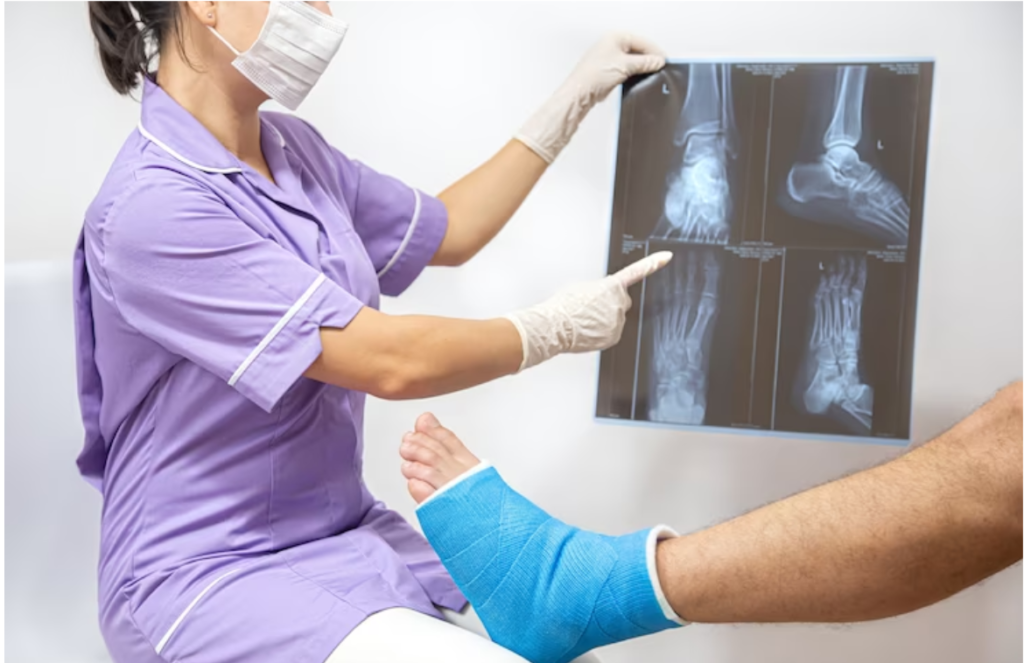A breast self-examination procedure is an early detection tool that makes use of a combination of physical and visual examinations of the breasts to check for signs and symptoms of breast cancer.
The purpose of a breast self-exam is indeed to become familiar with the way one’s breasts normally look and feel. Knowing how one’s breasts normally look and feel, also known as breast self-awareness, will indeed help a person identify any changes or even abnormalities in one’s breasts, like a new lump or skin changes.
Any changes in one’s breasts discovered during a breast self-exam need to be reported to one’s healthcare provider right away.
While a breast self-exam is considered to be a useful tool for the early detection of breast cancer, it should not take the place of regular mammograms and clinical breast exams.
How Often Should a Breast Self-Exam Be Performed?
Adult women of all ages are encouraged to perform breast self-exams at least once a month.
For women still menstruating, a breast self-exam needs to be performed a few days after her period ends. For those who are post-menopausal, a breast self examination procedure needs to be performed on the same day of each month, like the 1st or 15th day of the month.
While mammograms can indeed help a person detect cancer before feeling a lump, breast self-exams do help a woman become familiar with how one’s breasts normally look and feel.
Alerting one’s healthcare professional if the person notices any changes in one’s breasts, like a new lump, sore spot, changes in the appearance of one’s skin, or nipple discharge.
How Should a Breast Self-Exam Be Performed?
There are three steps required to perform a thorough breast self-exam. Each of these steps needs to be completed each time the woman performs a breast self-exam.
1. In the shower
With the pads or flats of one’s three middle fingers, check the entire breast and armpit area, pressing down with light, medium, and firm pressure. Check both breasts each month, feeling for any sort of new lumps, thickenings, hardened knots, or any other kind of breast change.
2. In front of a mirror
With one’s arms at one’s sides, visually inspect the breasts, looking for any sort of changes in the contour or even shape of the breasts, any dimpling, swelling, or even other skin irregularities on or around the breasts, or any kind of changes in the nipples.
Next, rest one’s palms on one’s hips and also press firmly to flex one’s chest muscles. Look for any kind of dimpling, puckering, or other changes, particularly on a particular side. Note that the left and right breasts will not match exactly. Few women’s breasts are perfectly symmetrical.
3. Lying Down
When lying down, the breast tissue does spread out evenly along the chest wall. Place a pillow under one’s right shoulder and put one’s right arm behind your head. Using your left hand, move the pads of your 3 middle fingers around one’s right breast, thus covering the entire breast area and also the armpit.
Use light, medium, and firm pressure to feel for any new lumps, thickenings, hardened knots, or any other kind of breast change. Also, squeeze the nipple to check for discharge. Repeat these steps for one’s left breast.

Mammography can usually detect tumors before they are felt, so screening is key for early detection. But when combined with regular medical care and appropriate guideline-recommended mammography, breast self-exams can rather help women know what is normal for them so they can report any changes to their healthcare provider.
Conclusion
If you come across a lump, schedule an appointment with your doctor, but avoid panic, as 8 out of 10 lumps are not cancerous. Consult the doctor to clarify issues after the breast self-examination procedure.

